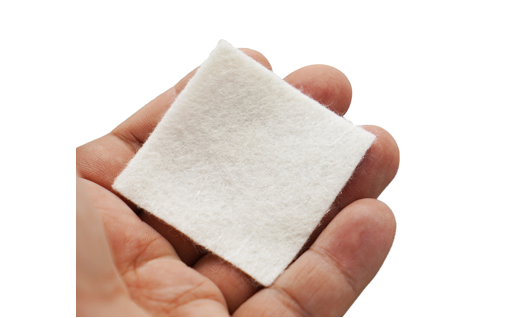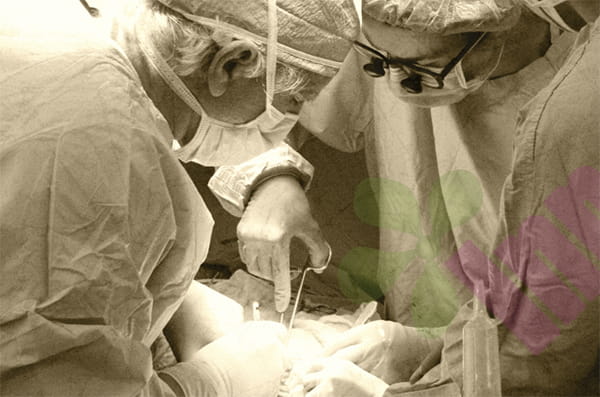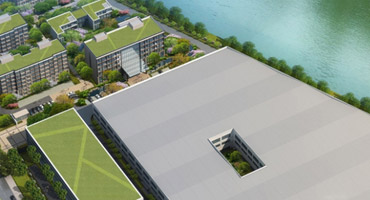Sinus tracts are abnormal passages connecting the body surface to deeper tissues or body cavities, and their care requires professional knowledge and patience. Proper care can promote sinus tract healing and prevent complications.

Causes of sinus tract formation :
Sinus tracts are often caused by deep infections, foreign bodies, or poor drainage. Postoperative suture reaction, abscess rupture, and chronic osteomyelitis can all lead to the formation of sinus tracts. They are characterized by continuous or intermittent drainage, with fibrous tissue walls lacking normal epithelial coverage. The depth of the sinus tract varies from several centimeters to over ten centimeters and may branch or form dead spaces. Palpation reveals cord-like indurations, and probing can clearly determine its depth and direction.
Sinus tract assessment :
Assessing sinus tracts requires recording the location, number, and size of the external openings. Measure the depth and direction of the sinus tract, noting any branches. Observe the characteristics, color, amount, and odor of the discharge. Examine the surrounding skin for redness, swelling, maceration, or eczema. Assess the patient's overall condition, including nutritional status and underlying diseases. If necessary, perform sinus tractography or ultrasound examination to clarify the deep structures.
sinus tracts be cleaned?
The core of sinus tract care is adequate drainage and cleaning. Use a syringe to draw up normal saline, connect a thin catheter, and perform pulsatile irrigation. The irrigation pressure should be moderate to ensure that secretions deep within the sinus tract are flushed away. Choose the irrigation solution based on the characteristics of the secretions; if the pus is viscous, a diluted hydrogen peroxide solution can be used. After irrigation, use sterile gauze to absorb any remaining fluid. Regularly explore the sinus tract to remove necrotic tissue and foreign bodies.
How to choose dressings ?
Choose the appropriate length of drainage strip based on the depth of the sinus tract. Alginate dressing strips are suitable for sinus tracts with significant exudate, as they absorb the exudate and form a gel. Silver ion dressings are suitable for infected sinus tracts, controlling bacterial growth. Hydrocolloid dressing strips can be used for sinus tracts with less exudate. Dressing packing should not be too tight to avoid affecting drainage and granulation tissue growth. Cover the external opening with an absorbent dressing and keep the surrounding skin dry.
care points for special sinus tracts
Postoperatively, sinus tracts require inspection for residual sutures, and removal of residual sutures if necessary. Tuberculous sinus tracts require systemic anti-tuberculosis treatment combined with local care. Radiation-induced sinus tracts have poor blood supply and heal slowly, requiring more meticulous care. Perianal sinus tracts require careful maintenance of local cleanliness to avoid fecal contamination. Abdominal sinus tracts require observation for leakage of intestinal fluid, and vigilance should be given for the possibility of intestinal fistula.

Prevention and management of complications
Premature closure of the sinus tract may lead to the formation of a deep abscess, requiring re-drainage. Skin maceration of the surrounding skin can be isolated with a skin protectant. In cases of significant bleeding, gentle packing and pressure are necessary for hemostasis. If infection spreads, systemic antibiotics are required. If the sinus tract fails to heal for an extended period, foreign body retention or specific infection should be ruled out.
For more information on Innomed®Alginate Dressing , Refer to the Previous Articles. If you have customized needs, you are welcome to contact us; You Wholeheartedly. At longterm medical, we transform this data by Innovating and Developing Products that Make Life easier for those who need loving care.
Editor: kiki Jia

 English
English عربى
عربى Español
Español русский
русский 中文简体
中文简体








